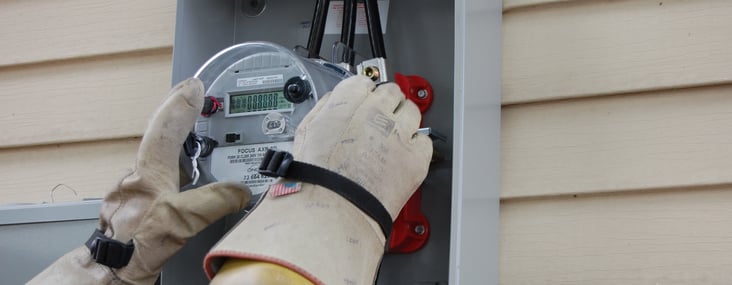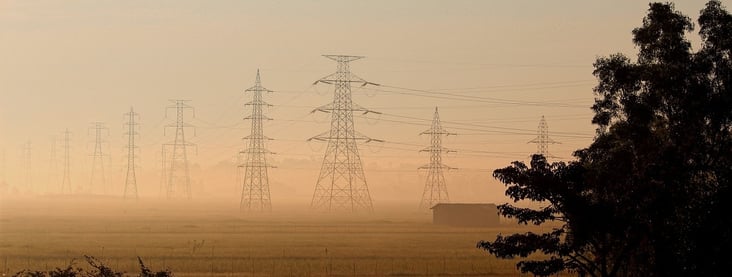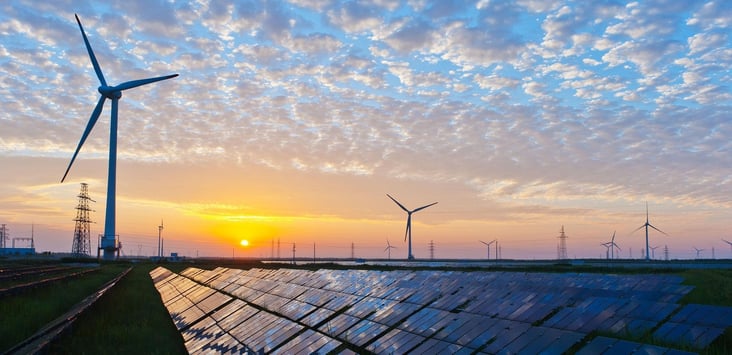
Rapid improvements in advanced energy technologies, increased customer adoption of distributed energy resources (DER), and changing public policy goals are driving change in our electric grid. Utilities historically have not taken DER - such as solar PV, demand response, energy efficiency, energy storage, or electric vehicles (EVs) - into consideration in their resource planning. The result is a business-as-usual resource plan, as if no DER were deployed. Cost savings in utility distribution system spending may be going unrealized because of excess capacity or because of investments in equipment for grid services that could be provided by DER at a lower cost. Getting utilities to consider DER in competition with traditional investments can lead to a more flexible, reliable, resilient, and clean grid, all while saving money for customers. The question is: how to do it?




